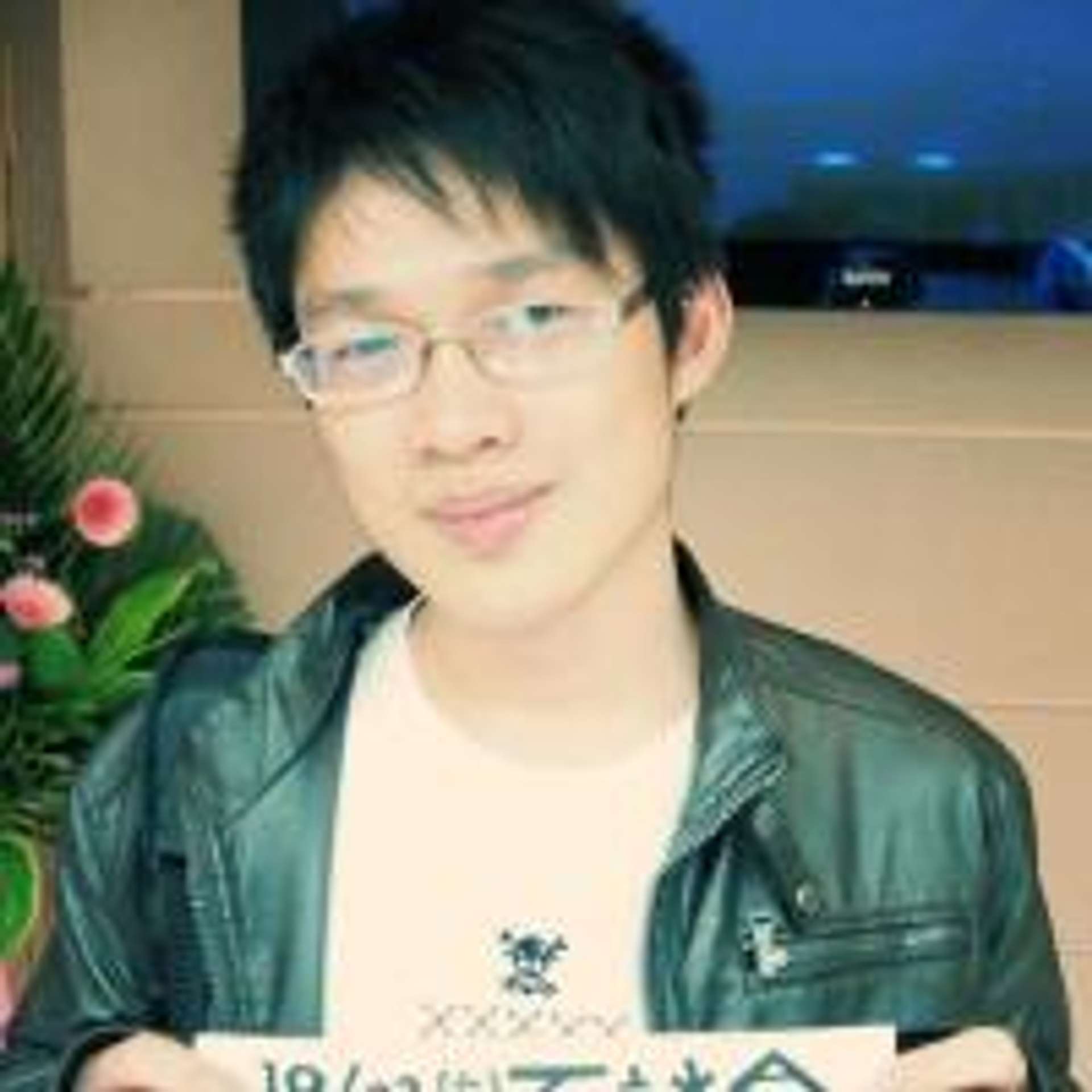Books In Minutes: The Lean Startup Chapter 11 – Adapt
Read In Minutes Jump to heading
Being Adaptive Jump to heading
The core of the Lean Startup is to speed up the Build-Measure-Learn feedback loop. Inevitably, we bump into problems that eventually slow us down if we do not fix them. That's why we see processing in small batches could be faster than larger batches in the last post. Stuffing newsletters into envelopes one at a time is faster than performing one step on all envelopes; the team is required to investigate the problem that occurs during continuous deployment; Toyota has an andon cord in its production line.
However, fixing just the problem in front of us could be inadequate. Imagine that exact problem happens over and over again. Ries introduced the Five Whys method to tackle these problems.
The Five Whys Jump to heading
How the Five Whys method work is to ask five why questions to identify the root cause of the problem and make incremental investments to ultimately prevent it from happening.
Taiichi Ohno, the architect of the Toyota Production System, gives the example:
- Why did the machine stop? (There was an overload and the fuse flew.)
- Why was there an overload? (The bearing was not sufficiently lubricated.)
- Why was it not lubricated sufficiently? (the lubrication pump was not pumping sufficiently.)
- Why was it not pumping sufficiently? (The shaft of the pump was worn and rattling.)
- Why was the shaft worn out? (There was no strainer attached and metal scrap got in.)
Like this example, at the root of every technical problem is a human problem. However, if we try to tackle the root cause whenever a problem occurs, we could very soon get exhausted. The investment of effort should be smaller if the problem is a minor glitch, and larger if it is an urgent one (again, small batches!).
Adapt to the Five Whys Jump to heading
It is easy that the Five Whys questions become the Five Blames, blaming other departments for causing the problems. Ries gave some guidance on how to adapt to the Five Whys method.
First, make sure that everyone affected by the problem is in presence when analyzing the root cause. This prevents the person that is left out becoming the target for blame.
Second, start with a simplified version of the Five Whys, which is formed of two rules:
- Be tolerant of all mistakes the first time.
- Never allow the same mistake to be made twice.
It could be used to build out the muscle and as a stepping stone to the Five Whys.
Third, it requires the buy-in of the execution leadership. To solve the root cause, additional products, features, or allocation of the team's time might be essential, and there could be forces against the process. The executive leadership needs to sponsor and support the process.
Forth, start with minor problems that affect less. It might seem to be more effective to use Five Whys to solve urgent problems, but it is also easier to turn into Five Blames.
Last, appoint a Five Whys master to moderate the meetings, make decisions about which prevention step to take, assign and follow up works.
Highlights Jump to heading
Stop production so that production never has to stop.
Toyota
One of the most important discoveries of the lean manufacturing movement: you cannot trade quality for time. If you are causing (or missing) quality problems now, the resulting defects will slow you down later.
Adaptive processes force you to slow down and invest in preventing the kinds of problems that are currently wasting time. As those preventive efforts pay off, you naturally speed up again.
At the root of every seemingly technical problem is a human problem.
Published
